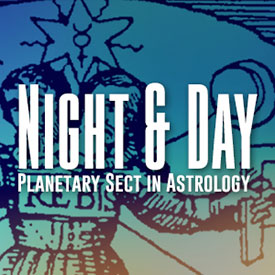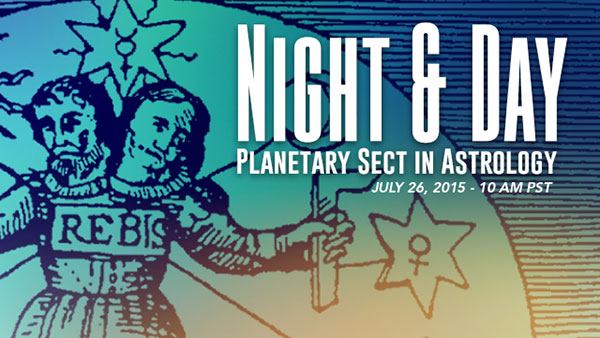 In the 37th episode Robert Hand joins the show to talk about the distinction between day and night charts in astrology, which is known as the concept of sect.
In the 37th episode Robert Hand joins the show to talk about the distinction between day and night charts in astrology, which is known as the concept of sect.
Rob is one of the main astrologers who reintroduced sect to western astrology after it was rediscovered in translations of ancient texts in the mid-1990s. He wrote a book on the subject in 1995 titled Night and Day: Planetary Sect in Astrology.
During the course of the episode we talk about how the concept of sect is defined, different applications of the distinction, and some of the practical and philosophical ramifications of the technique.
Rob is presenting a full webinar on sect on July 26, 2015 starting at 10:00 AM PST. This will be a four-hour long workshop, including time for a Q&A session where attendees can ask questions about the technique directly. For more information about the workshop please visit Rob’s website at ARHATmedia.com.
Show Notes
- What is sect?
- Why is it called sect?
- What is it useful for, or what type of distinction is sect?
- Practical applications:
- People with day charts experience Saturn as more constructive, while in night charts it can be more challenging.
- Mars is more difficult in day charts, but easier to deal with in night charts.
- Jupiter more positive by day, but less positive at night.
- Venus is more positive in night charts, and not quite as positive by day.
- Other applications of sect:
- Triplicity rulers
- Most Arabic parts or Lots need to be reversed depending on sect
- Identifying the sect light
- Different timing techniques based on sect light
- Finding the ruler of the chart
- This is a concept that didn’t survive into modern astrology, which is weird since it is such an obvious and important astronomical distinction.
- Sect was incredibly important in the Hellenistic tradition, but then it became less so as the tradition went on, especially by the Renaissance. Why is that?
Transcript
A full transcript of this episode is available: Episode 37 transcript
Download or Stream This Episode
You can either download this episode of the podcast as an MP3 or you can play it directly from the website by using the buttons below:
Podcast: Play in new window | Download (Duration: 1:06:16 — 30.5MB)
